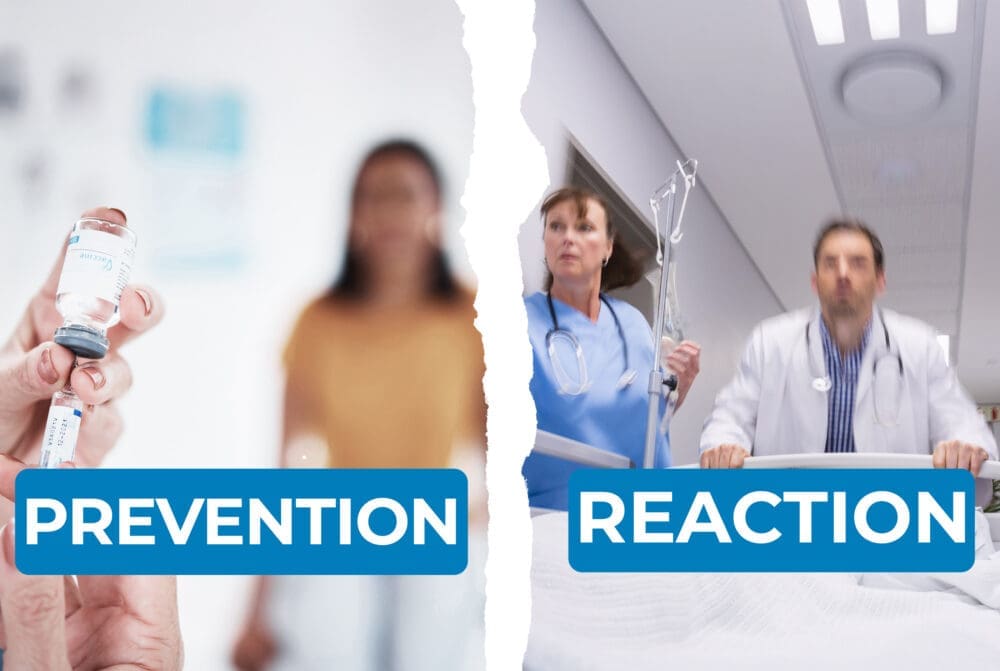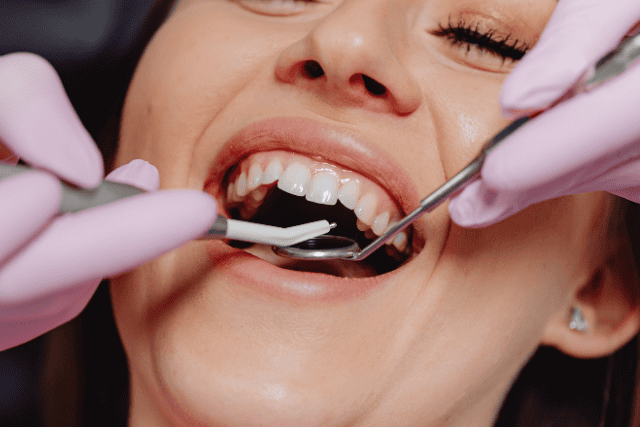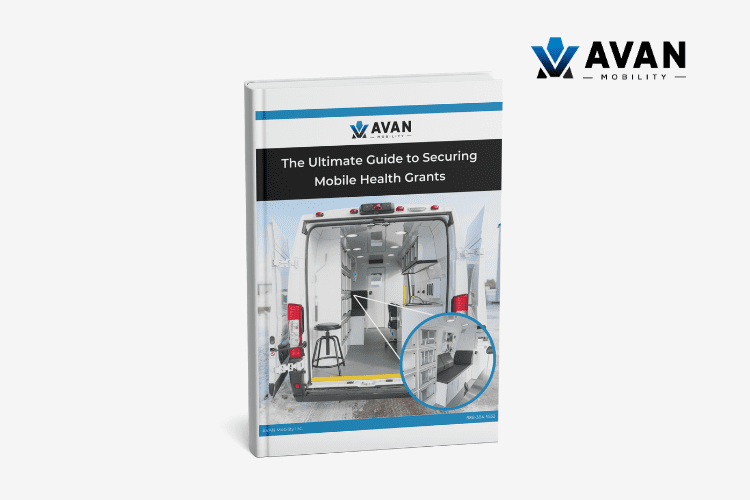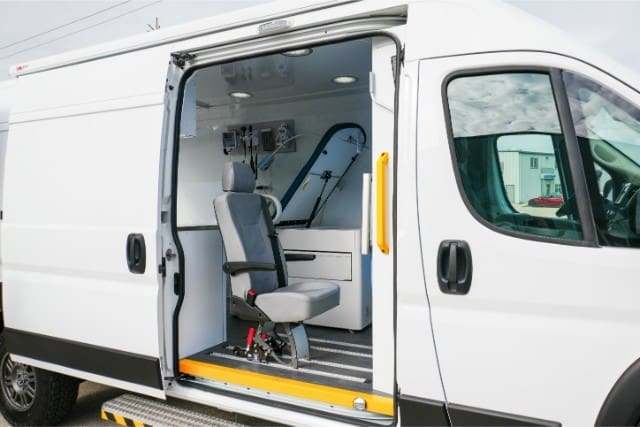The ongoing conversation around preventative care vs reactive care is more than just a debate—it’s a call to reimagine how we deliver healthcare. In this educational video, healthcare expert Simon explores the challenges of our current system and highlights why a preventative approach is not only more effective, but essential to the future of community health.
Reactive care—treating illness only after symptoms appear—remains the dominant model in the U.S. healthcare system. While it is critical in emergencies, relying solely on reactive care often leads to delayed diagnoses, higher medical costs, and poorer patient outcomes. It places unnecessary strain on individuals, families, and healthcare infrastructure.
Preventative care, on the other hand, focuses on keeping people healthy before illness develops. It includes screenings, vaccinations, regular wellness visits, and lifestyle counseling aimed at reducing risk. The results are compelling: Up to 80% of chronic conditions—things like heart disease, diabetes, and some cancers—are preventable with early action and healthier habits.
Yet, only a small portion of Americans routinely receive preventative services, often due to logistical, financial, or geographic barriers. Many people live far from healthcare providers, lack reliable transportation, or cannot take time away from work. As a result, they rely on reactive care because preventative options remain out of reach.
Mobile clinics are changing that. These fully equipped units bring medical services—screenings, checkups, immunizations—directly to neighborhoods, schools, and rural communities. They transform access by making preventative care vs reactive care a matter of choice, not circumstance.
This video offers a close-up look at how mobile clinics are addressing these gaps and why they are essential to building a healthier, more equitable future. Learn how this shift is reshaping what healthcare can be.
To explore how mobile clinics operate, follow the link to another video that provides a guided look inside.




